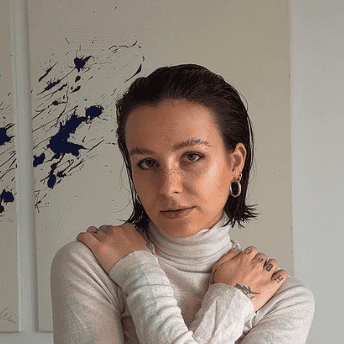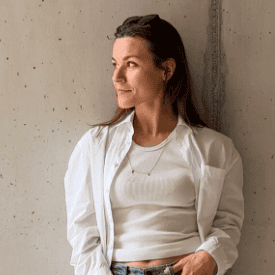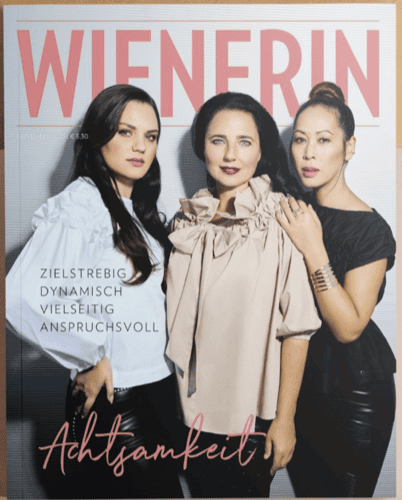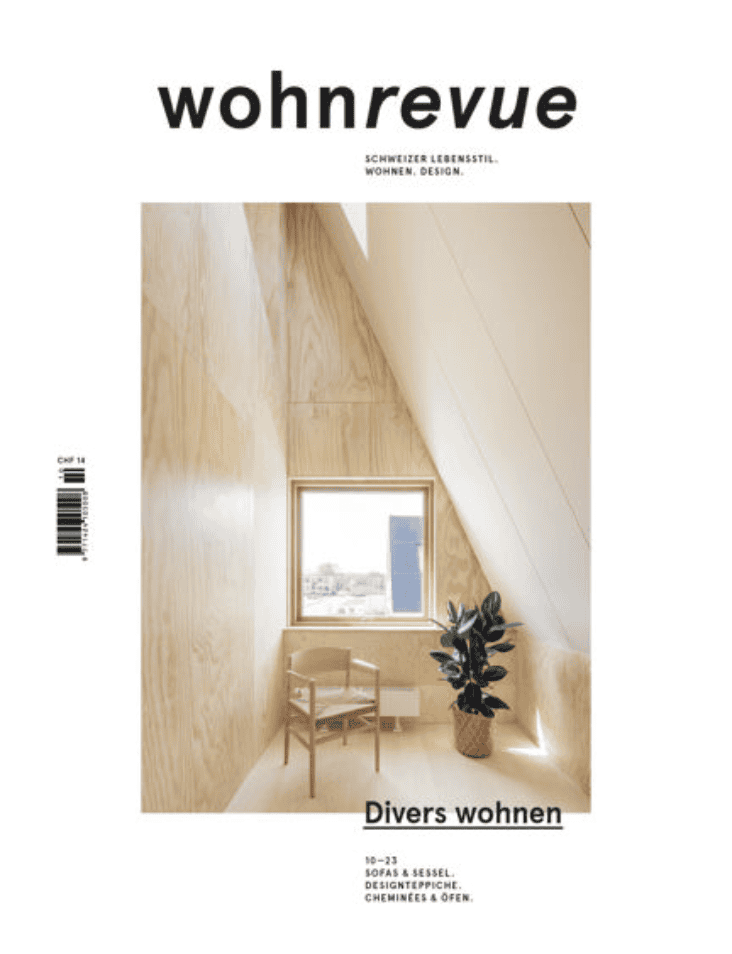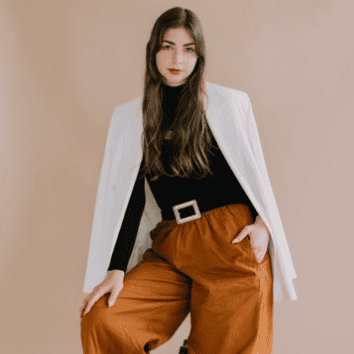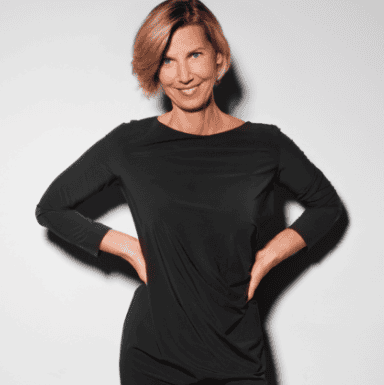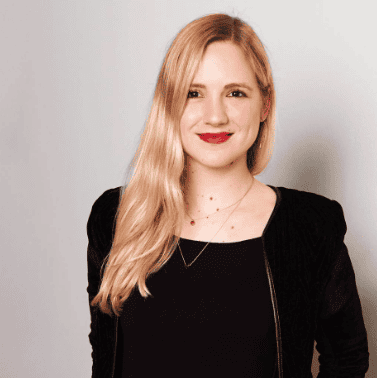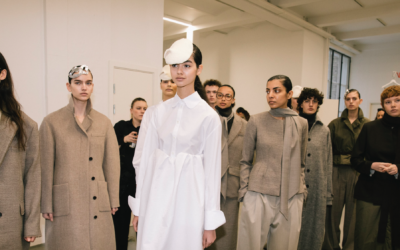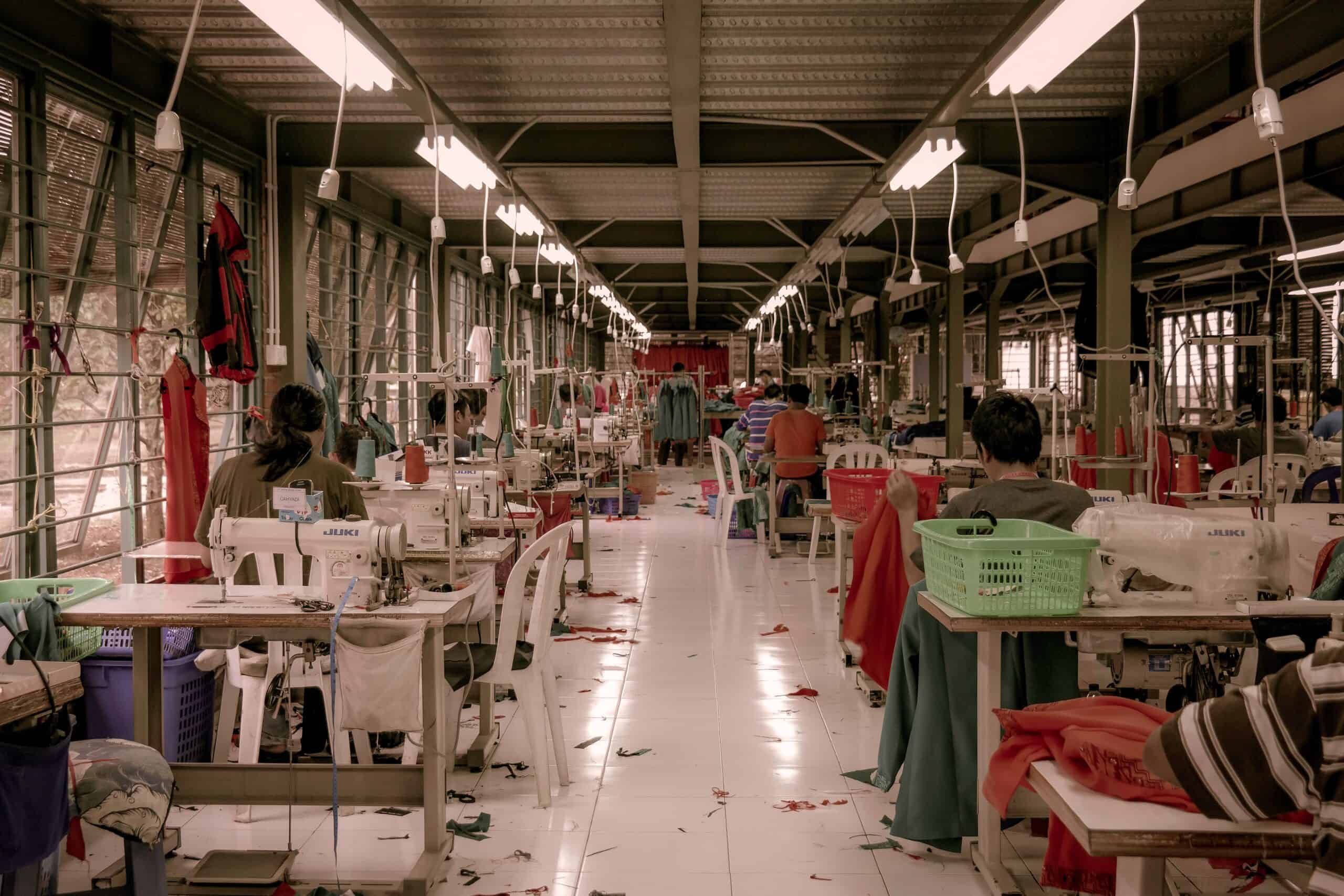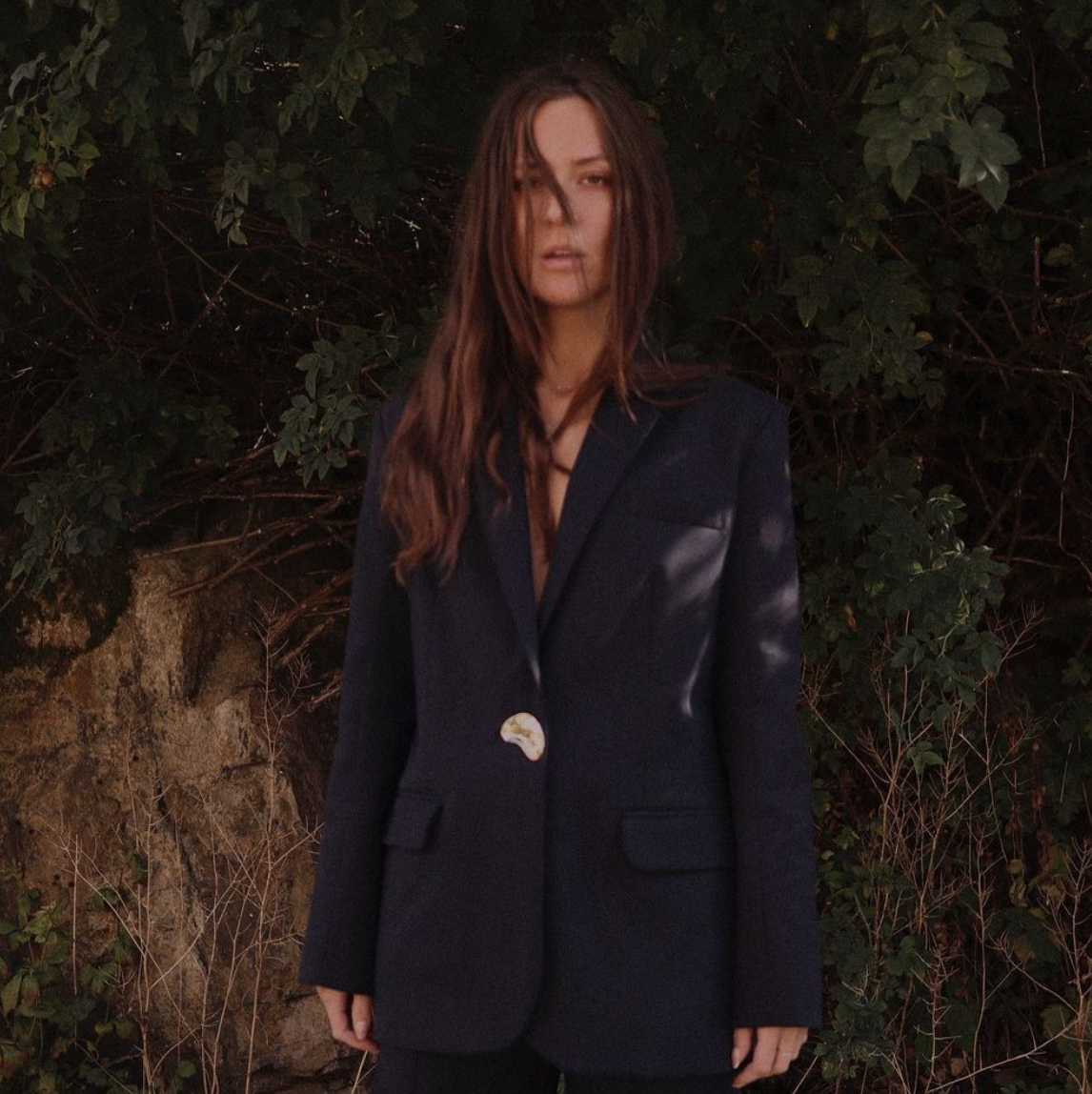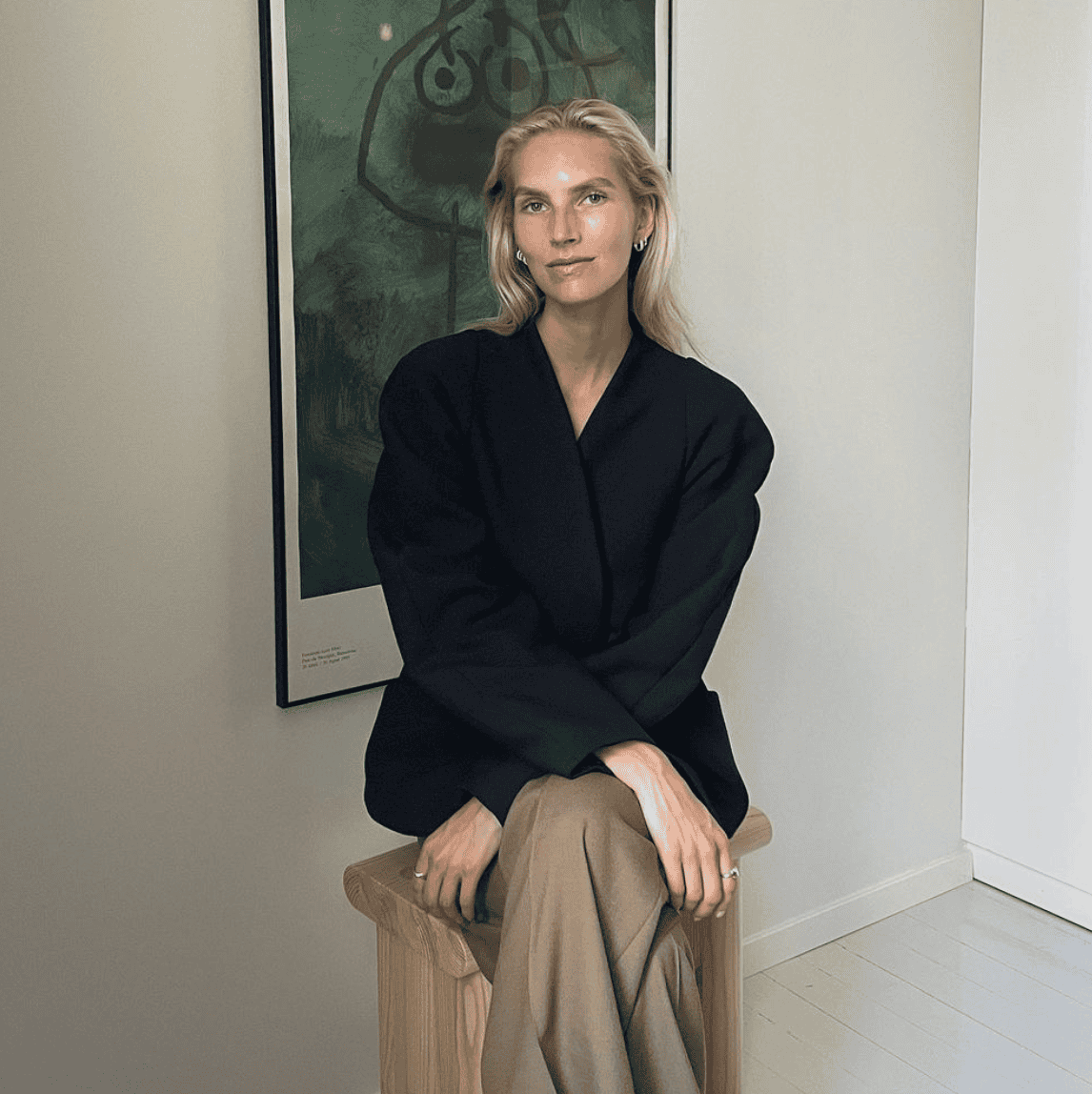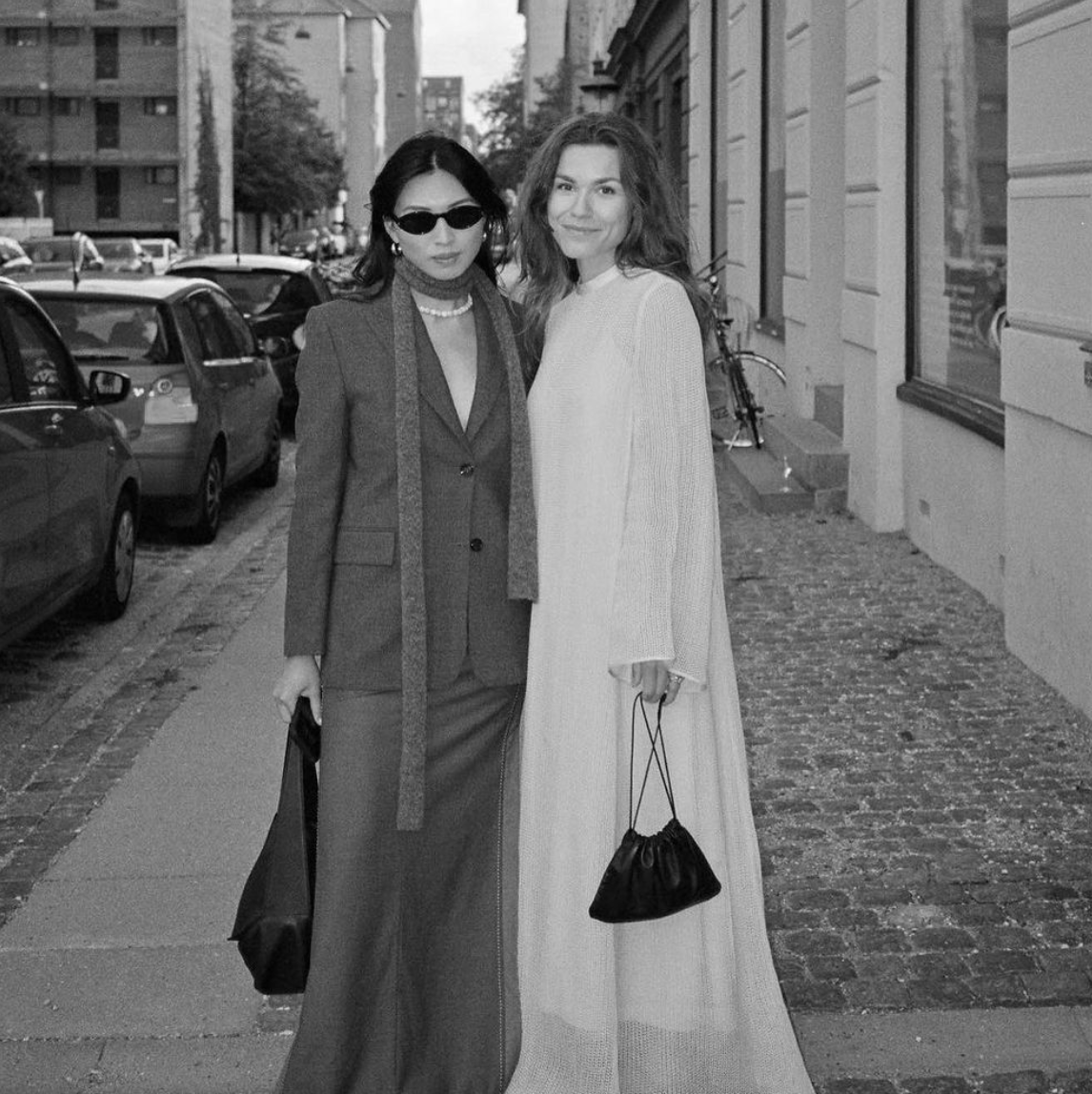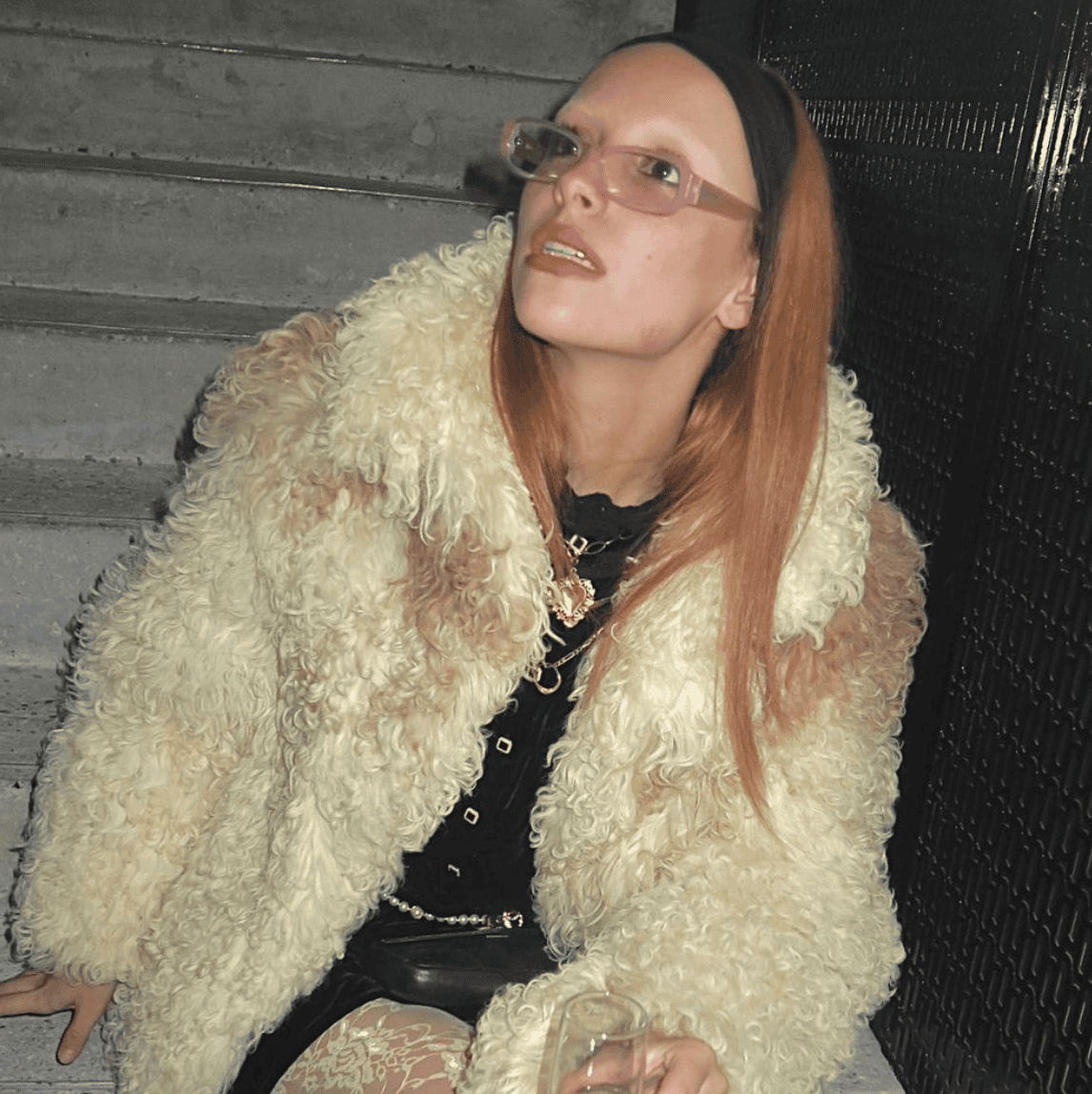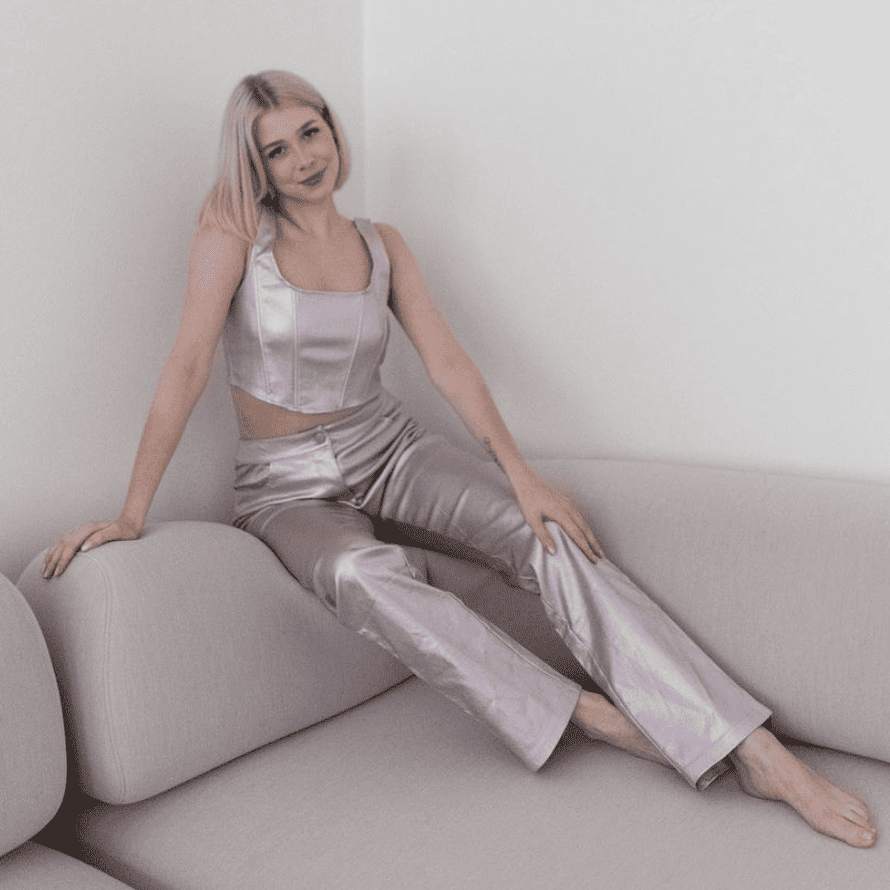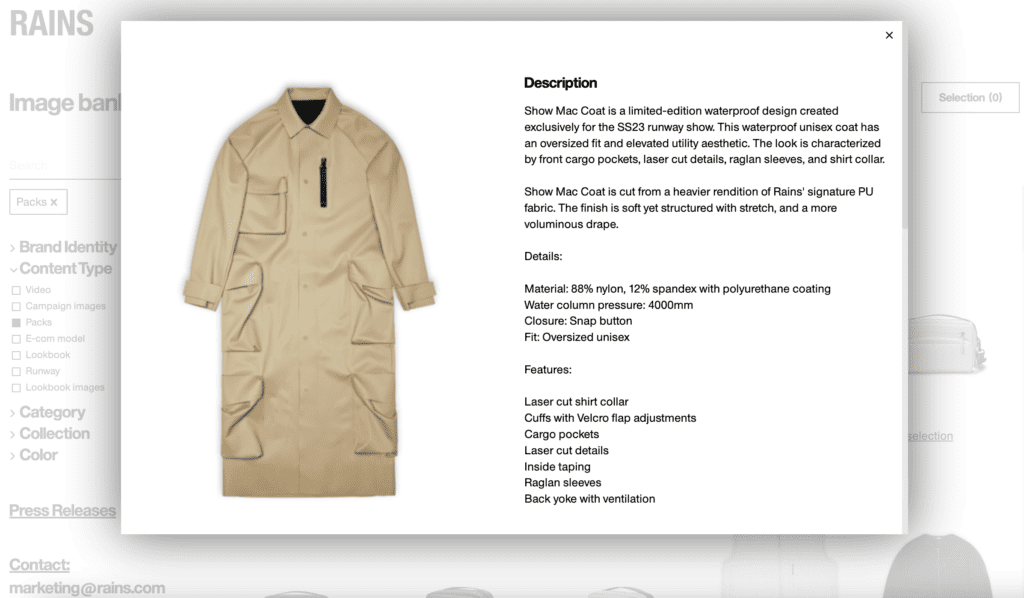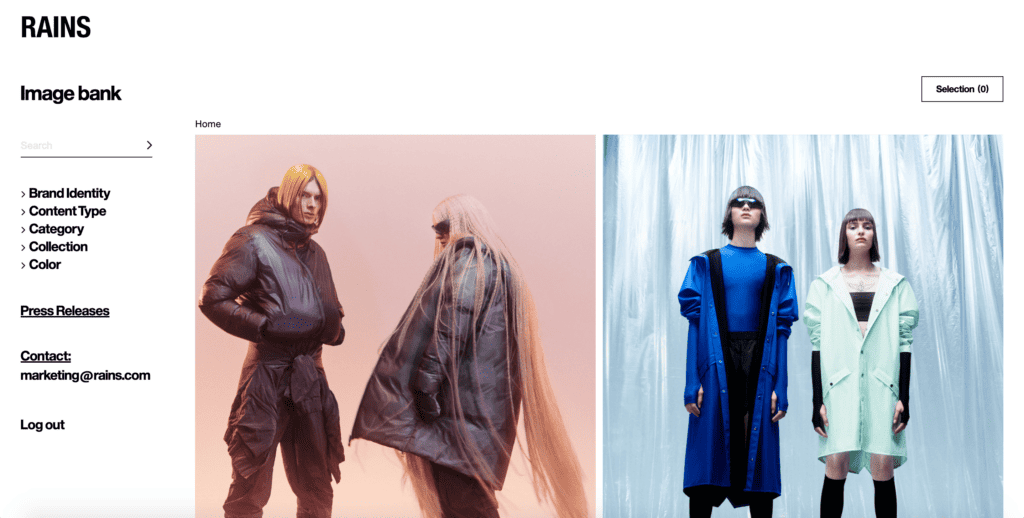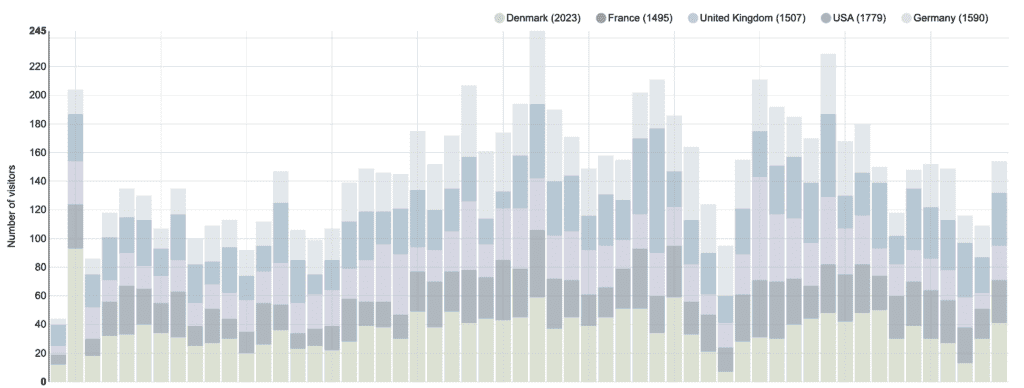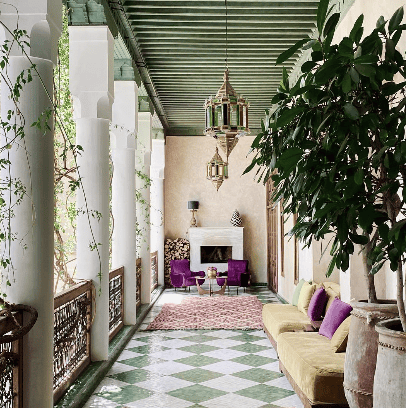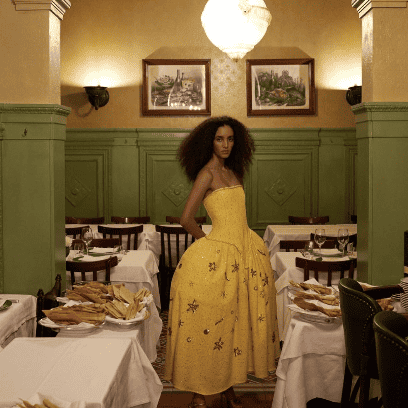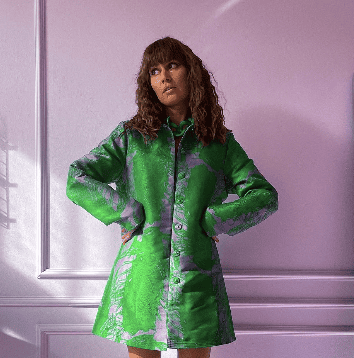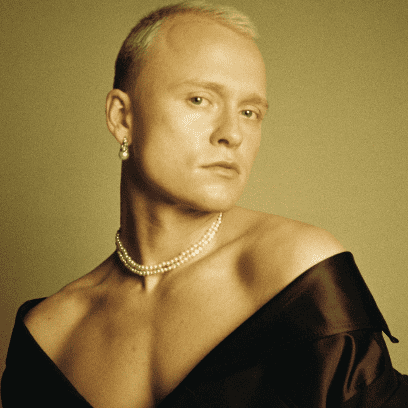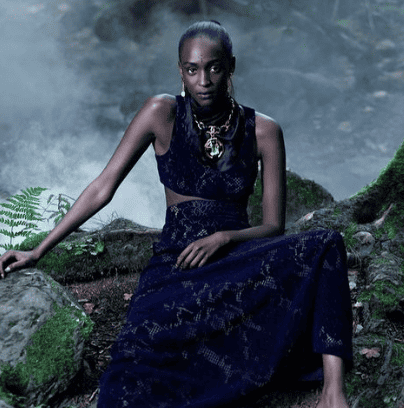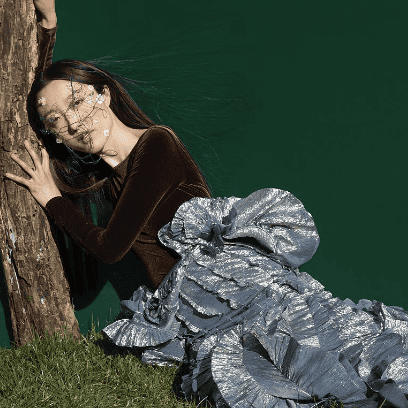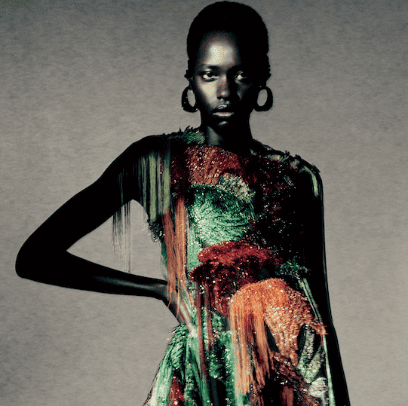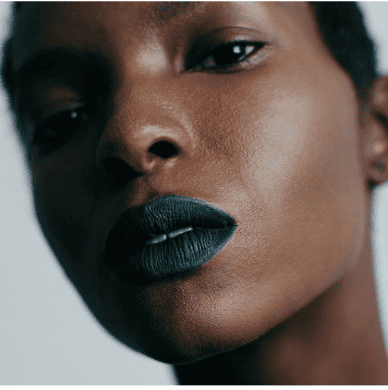Copenhagen Fashion Week is for many the culminating gathering of Scandinavian creatives. During the two weeks per year, one Spring/Summer edition and one Autumn/Winter edition, a global swarm of creatives flock around the Danish capital to get the details on the...

Austria & Switzerland: How to conquer the lifestyle market
Austria & Switzerland: How to conquer the lifestyle market
“Grüzei and Servus from Switzerland and Austria!”: two different countries, so similar and yet so different in culture and design. From a strong sense of regional identity to a deep appreciation for tradition, nature, and qualitative designs, the Austrian and Swiss markets offer a unique and diverse set of opportunities and challenges for brands to make their mark. Austria and Switzerland are often seen as cultural siblings of Germany, but what exactly are the differences between these three countries?
Though all of the countries share German as their official language, Austria and Switzerland take pride in their own dialects. Austrians have many different words that distinguish Austrian from German, and Switzerland stands out with a special form of German called “Schwyzerdütsch” (Swiss German). Switzerland is divided into four parts: French Switzerland, Romansh, Italian – and German Switzerland. All four parts influence the overall Swiss design and culture. The country stands out even more from its neighbours, Austria and Germany, as they do not share the same currency, but use the Swiss franc instead. In Austria and Switzerland, you can see the beautiful landscape of the Alps and turquoise lakes, making outdoor sports a big part of their culture and lifestyle. Vienna, the capital of Austria, is the center of a vibrant and unique fashion scene. Zürich, the Swiss fashion capital, goes under the motto “You can’t be overdressed”.
Design Traditions and Sustainability
When it comes to design, all three countries place a strong emphasis on craftsmanship and high-quality materials as well as sustainability. Regardless of whether it’s clothing from Germany, woodwork from Austria, or delicacies from Switzerland – high-quality products hold importance for all three countries. Local designers prioritize regional sourcing of materials not only to reduce their environmental footprint, but also to support local economies and portray a strong connection with their culture.
In the world of interior and architectural design in Austria and Switzerland, there’s a fascinating blend of tradition and modernity, with a focus on the quality of materials. Traditional aesthetics in furniture and architecture involve a lot of wooden elements. Designers and architects draw inspiration from the cities’ urban charm and cultural diversity as well as from the spectacular landscapes the countries has to offer. The abundant use of wood in Austrian and Swiss design isn’t just a random choice; it’s all about crafting a cozy, warm ambiance that transports you to a rustic mountain cabin, the Alm. The idea is to embrace that snug, fireside feeling.
Modern designers like to take elements from the traditional style, such as natural materials, and create elegant and timeless pieces. However, there are small differences in their design preferences. Austrian designers tend to gravitate towards the extravagant, creating pieces that are bold and eye-catching. On the other hand, Swiss designers lean towards minimalism, valuing clean lines and quality craftsmanship.
How to approach Austrians and Swiss’
Austria and Switzerland are similar in their culture and lifestyle as people are very active and enjoy spending time outside biking, hiking, or skiing. Whatever it is, you’re bound to meet an Austrian or Swiss who enjoys at least one of these activities in their spare time. Alongside the sporty lifestyle, Austria and Switzerland also have a rich food culture. Gastronomy is a big part of Austria’s lifestyle and something they are very famous for. And if you are a cheese and chocolate lover, Switzerland is the right place for you.
One important thing to keep in mind when talking to an Austrian is that, unlike Germany or Switzerland, they usually address strangers with a polite “du”. Whereas in Germany and Switzerland, you would use the formal “Sie”-form.
When getting in touch with an Austrian or Swiss, just remember that they share the same language as Germany, but not the same culture. They value sustainability, high-quality materials, as well as elegant, modern, and sporty designs. The way to an Austrian or Swiss’ heart is through good traditional food and a fun outdoor activity in the mountains!
Familiarize yourself with the Austrian media landscape
Included in VOCAST’s Austrian curated lists

Familiarize yourself with the Swiss media landscape
Included in VOCAST’s Swiss curated lists

The Austrian and Swiss Influencer Scene
What is the first thing that comes to mind when thinking about Austrian and Swiss fashion? Probably the traditional Dirndl and Lederhosen. Though they are usually only worn for special celebrations, traditional clothing styles can be found in the Austrian and Swiss fashion scene. Whether it’s on TikTok, YouTube or Instagram, Austria and Switzerland offer a wide and exciting selection of influencers. It should come as no surprise that both countries have a broad range of ski champions, tour experts and outdoor enthusiasts showcasing the stunning scenery of the Alps on their social media channels.
However, the countries have a fine line of differences in their fashion style. Austria’s style is unique as it balances a mix of traditional fashion and modern minimalism as well as elegance with a sporty twist. In this way, the outdoor mountain vibe gets included in their everyday fashion. The country shows a wide spectrum of different styles. Vienna, for example, is dressier and more elegant than other parts of the country, which have a more laid-back and sporty style.
Swiss don’t want to attract too much attention, therefore they might not be at the top of your list when thinking about fashion, but this should change! Swiss have a very elegant and trendy sense of style. Locals usually wear natural and sustainable fabrics to show their roots in the countryside. Swiss people dress practically with many layers to stay warm in the colder Alps. Since outdoor sports are also a big part of the Swiss lifestyle, people usually dress sporty and functional. When visiting the big cities like Zürich or Geneva, you can never be overdressed as the cities’ styles are both elegant and luxurious. But that doesen’t mean you should always go crazy with colors – the Swiss like it neutral.
Austrian Influencers
Swiss Influencers
Exploring the media landscape in Austria and Switzerland: A look at Print and Online Publications
The media landscape in Austria and Switzerland is quite small. However, Austria and Switzerland offer a great range of online and print fashion, lifestyle and interior magazines. Even though online magazines are gaining a presence in Austria and Switzerland, the emphasis is still on the classic printed magazines. Germany, Austria and Switzerland share most of the largest magazines, which are available in all three countries.
Have a look at some of the Austrian fashion and interior magazines – and editors below.
Meet some of the editors
To get access to the Austrian and Swiss curated lists of these Magazines, Influencers, Editors-in-chiefs, Editors and more, click here:
 Sophia is the German Market Coordinator at VOCAST, responsible for DACH fashion & lifestyle research. Along with her work at VOCAST she does the Master program “Organizations and Leadership” at the University of Malmö. With her work and studies she can combine her passion for the creative and business industry.
Sophia is the German Market Coordinator at VOCAST, responsible for DACH fashion & lifestyle research. Along with her work at VOCAST she does the Master program “Organizations and Leadership” at the University of Malmö. With her work and studies she can combine her passion for the creative and business industry.SIGN UP TO OUR NEWSLETTER
Get free knowledge on how to optimize your B2B marketing & new product releases.
RELATED POSTS
A Closer Look at Copenhagen Fashion Week 2024: Insider’s Insight
Sweat and Style: How Fashion Brands Can Ride the Sports Wave
We’ve seen it time and time again: another collaboration between a fashion brand and a notable figure in the sports and fitness world. Whether it be your favorite influencer dressed head to toe in athleisure or loyal fans sporting (pun intended) their favorite...
Cracking TikTok’s Trend Code: How Brands Can Flourish on TikTok
In the ever-evolving landscape of social media, TikTok stands out as a dynamic platform where trends rise and fall in the blink of an eye. For brands, aiming to make their mark in this digital space and navigating TikTok trends and aesthetics while staying true to...

